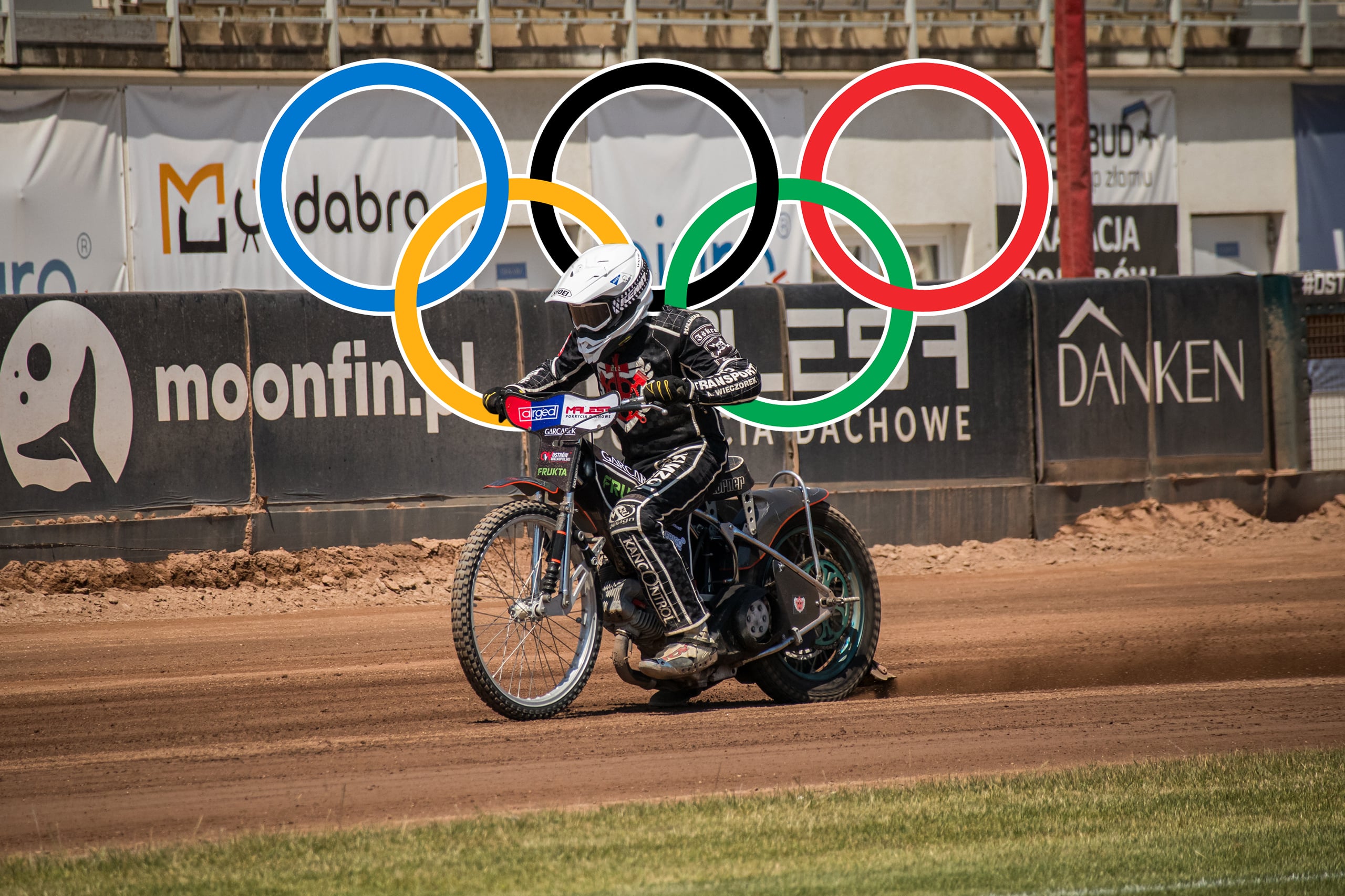Four riders. 500cc engines. No brakes. Pure methanol.
If you’ve never seen speedway, imagine a 60-second sprint on dirt – no gears, no fear, and no time to blink. It’s one of the rawest forms of motorsport on Earth.
So here’s the question: if motorsport can fill stadiums and TV screens from Daytona to Le Mans, why isn’t it part of the Olympic Games?
A forgotten Olympic chapter
According to Drive.com.au and Fox News, motorsport actually was part of the Olympic story – over a century ago.
At the 1900 Paris Games, car and motorcycle races were held alongside the World’s Fair, though historians still debate whether they counted as official Olympic events. Eight years later, at the 1908 London Games, motorboating made it onto the official medal list. That’s the only time a “motorized sport” ever shared the Olympic stage.
After that, the engines went silent.
The rule that kept motorsport out
The reason is buried in the Olympic Charter. For decades, it clearly stated:
“Sports… in which performance depends essentially on mechanical propulsion are not acceptable.”
That rule, quoted by Drive.com.au, defined the Olympic philosophy – human effort over mechanical power. The line was quietly removed in the 2016–2020 updates, as Fox News noted, but the spirit of the rule remains.
Even without a formal ban, organizing any kind of racing at the Olympics faces huge logistical and financial barriers. And for speedway – with its short bursts of chaos and highly specialized bikes – those barriers are even tougher.
Why speedway would face the toughest climb
(based on PlanetF1.com, ESPN, and WP SportoweFakty)
- Equal bikes? Speedway already tested that idea. Between 2017 and 2019, Poland’s Nice Cup and Nice Challenge series used identical 500cc two-valve Jawa engines supplied by the organizers. Before each event, riders drew their engines in a lottery and could only use that unit for the day – a creative way to keep things fair. It worked on a local scale, but scaling it to an Olympic level would require dozens of identical bikes, global transport, and funding on a completely different scale.
- Where to race? Speedway is practiced in just over twenty countries, but the Olympics bring together nearly every nation on Earth. Building a temporary dirt oval inside an Olympic city would be enormously expensive. For comparison, laying a one-off temporary track for the Speedway Grand Prix at Poland’s National Stadium in Warsaw costs around 1.5 million PLN (roughly $350,000) and uses over 7,000 tons of material – just for the surface, not the stadium rental or cleanup afterward.
- Sponsors & parts: Speedway depends on specific fuels, engines, and tires from different suppliers. Uniting all those brands under a single Olympic rulebook would be a political and commercial headache.
- Calendar chaos: The summer months already include Speedway Grand Prix rounds and national leagues across Europe and beyond. Adding a two-week Olympic event would throw the sport’s entire calendar into disarray.
As former NASCAR champion Ray Evernham told ESPN, “the concept is 100% possible – it just costs so much money.”
Speedway’s Olympic cousins: The World Games
If you’re looking for something close to an Olympic moment, speedway has already had it – twice.
At the 1985 World Games in London, the sport appeared in a Club Pairs format at Wimbledon Stadium, with seven duos and 21 heats. The winners? Jeremy Doncaster (UK) and John Cook (USA).
More recently, the 2017 World Games in Wrocław, Poland drew a full crowd of about 13,000 fans for 23 heats featuring seven national teams. Poland’s Bartosz Zmarzlik, Maciej Janowski, and Patryk Dudek took gold, ahead of Australia and Sweden. The event was officially listed as a demonstration sport after an online vote – but anyone who saw it would agree it felt every bit like a world championship.
The World Games proved that speedway can deliver a world-class show on an international stage – even without Olympic rings.
Could it ever happen?
In theory, yes. A compact, two-rider national format with identical bikes and a short, TV-friendly program could fit the Olympic mold.
In reality, it would take a unified effort from the IOC, FIM, and national federations – plus millions of dollars.
It’s not that speedway isn’t worthy of the Olympics. It’s that the Olympic model was never built for roaring engines and flying dirt.
Final lap
Speedway may never wear Olympic rings – but it doesn’t need them to shine.
It’s pure, human-driven intensity on two wheels, a sport where courage, control, and chaos meet in under a minute.
At MotoSpeedway, we’re here to bring this untamed sport closer to fans across the U.S. – one story at a time.
Sources:
Drive.com.au, ESPN, Fox News, PlanetF1.com, Przegląd Sportowy, WP SportoweFakty

